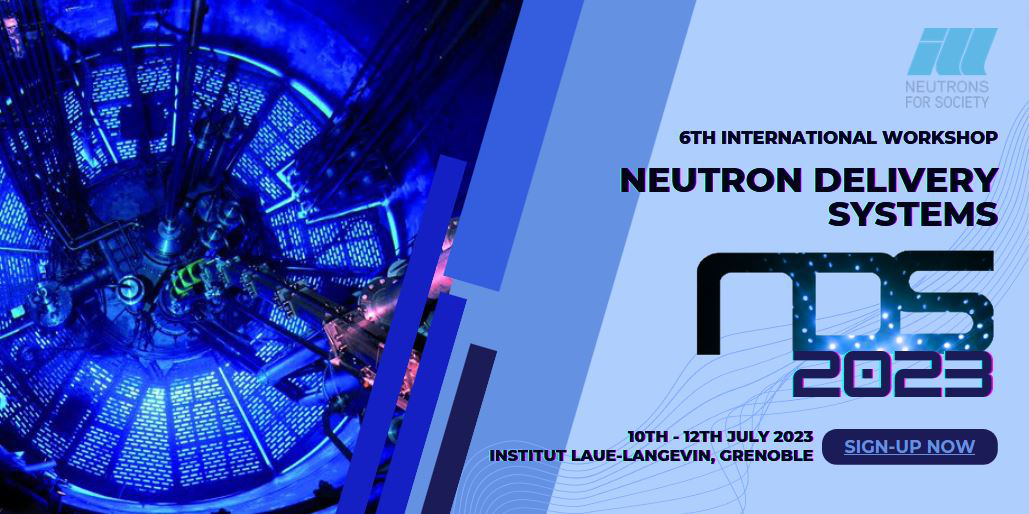Speaker
Description
A third generation, mesitylene moderated cold neutron source (CNS) was designed, built and is being installed at the Penn State Breazeale Reactor (PSBR) at the Radiation Science and Engineer- ing Center (RSEC). The main components of the PSU-CNS are a cold source cryocooler system and neutron guide system. Components of the cold source cryocooler system are a vacuum system, helium circulating and buffer system, compressor system, and mesitylene moderator. Mesitylene, a room temperature liquid, is frozen to solid form in a chamber to act as the cooling moderator. Circulating helium lines are attached to a cryocooler used to cool and maintain cold temperature of the mesitylene moderator using the method of forced flow helium gas circulated between the refrigeration unit (Cryocooler). A helium loop cools and maintains a cold neutron mesitylene mod- erating material at about 20 K in a 10 cm diameter aluminum chamber located inside the D2O tank of the PSBR. The mesitylene moderator chamber, circulating helium lines, and moderator lines are isolated in a vacuum system for isolation from thermal transfer. The cold neutrons coming from the mesitylene chamber are transported out of the biological shield of the reactor with three super- mirror neutron guides. The in-pile neutron guide system of the PSU-CNS contains 3 independently adjustable in-pile segments. The supermirror neutron guide cross-sections are GT1- 40 x 40 mm, GT2- 25 mm x 70 mm, GT3- 25 mm x 25 mm constructed of borated float glass each ~5 mm thick with a surface coating of m=3 QC on all sides. Each is a 0 m radius straight guide of 2.8m in length. Each in-pile guide is separated with material effective for shielding neutron and gamma radiation. The shielding and guide section with independent adjustment features has been designed to inte- grate into the in-pile vacuum housing, with optimal guide alignment with the moderator chamber. The three in-pile guides extend to out-of-pile guides with several different sections for Small Angle Neutron Scattering, Neutron Depth Profiling and Prompt Gamma Activation guide systems with straight guides, beam benders, and parabolic focusing guides with different surface coatings. The neutron guide elements were designed and are being built by Mirrotron Ltd. Budapest, Hungary.
The PSBR is a 1 MW, TRIGA with moveable core in a large pool and with pulsing capabilities. In steady-state operation at 1 MW, the thermal neutron flux is 1x1013 n/cm2sec at the edge of the core and 3x1013 n/cm2sec at the central thimble. The PSBR can also pulse with the peak flux for maximum pulse ~ 6x1016 n/cm2sec with pulse half width of ~10 msec. The RSEC facilities are heavily used for nuclear science and engineering research and education. A detailed description of the PSU-CNS will be presented.

